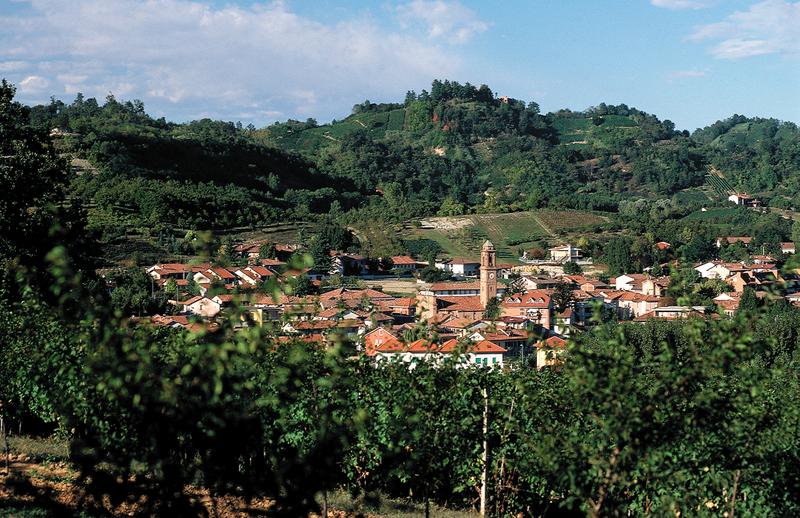Piobesi d'Alba
Not far from Alba (5 km), Piobesi d’Alba is the smallest town of the Roero area, for both the territory and the number of inhabitants. The town is characterized by a special calling for wine and there are a lot of companies that produce excellent DOCG, renowned distillates and truffle-based products in this territory.
BACKGROUND HISTORY
Thanks to the proximity to Alba Pompeia and the transit position, mankind appeared in this area early in the days, as witnessed by the prehistoric and roman findings. Since the eleventh century, the territory goes under the control of the lords of Montaldo; eventually, after the investiture in 1292, the De Braidas took the “castro seu monte” of Piobesi in their possession, above the already formed Bricco’s unit .After a few years, the De Briadas gave up the fief to the Malabaila’s family, native of Asti. In 1392 a sensational turning point occurred when, the De Braidas supported by “de Baldissero” , stormed Piobesi’s Castle, fighting off the Malabailas. The long dispute ended only in 1468, when “de Baldissero” gave up their half of the town to the Damianos. The coexistence with the Roeros wasn’t troubled at all and after the abolition of the feudal privileges, the Damianos sold their side to the Roeros (1881).
MUST SEE:
S. Pietro in Vincoli. There’s nothing left from the ancient parish church quoted in 901, apart from the fragments of the previous buildings walled up on the outside. Among these there’s a stone slab with Latin crosses and the sides under the arches had plant elements and decorations. You can admire wall paintings and paintings on canvas from the second half of the 1800s.
S. Rocco. It is a baroque church rebuilt in 1769. The date of construction of the primitive church is unknown, but it’s assumed that, because of the name and the presence of a fresco and a canvas both showing S. Rocco and S. Bastiano, it was built as a propitiatory act that sat an entrance to the house under the protection of the supernatural, with the saints evoked against the plague as mediators.
S. Maria al Bricco Madonna Immacolata’s church. It was built on the Bricco slopes by the 1400s. Eventually, after becoming parish in 1605, it’s been rebuilt in a bigger size with the addition of the bell tower to meet the population needs. The frescoes inside it date back to the second half of the 1800s and they were made by the painter Macocco from Vezza.





